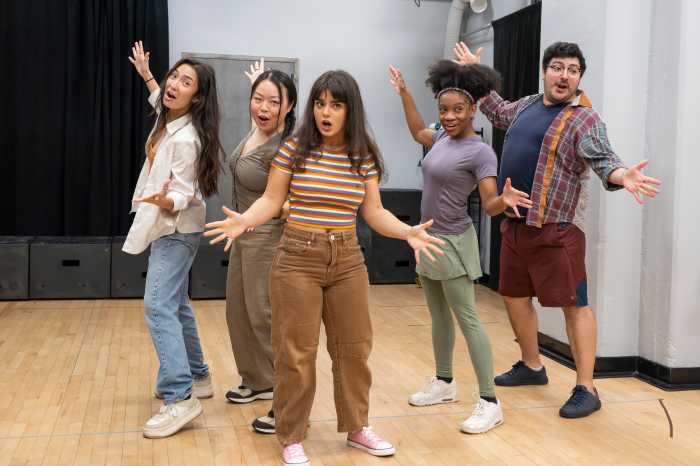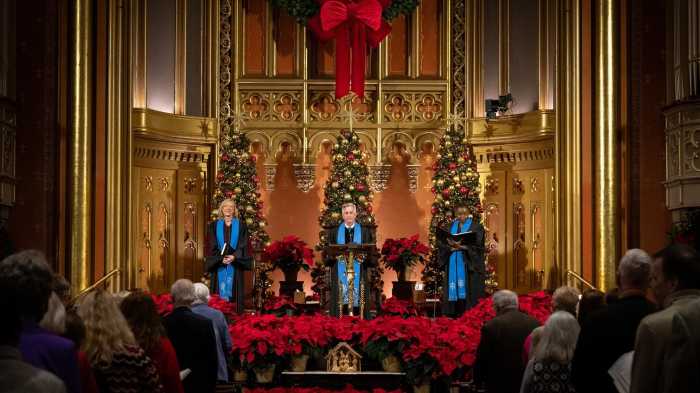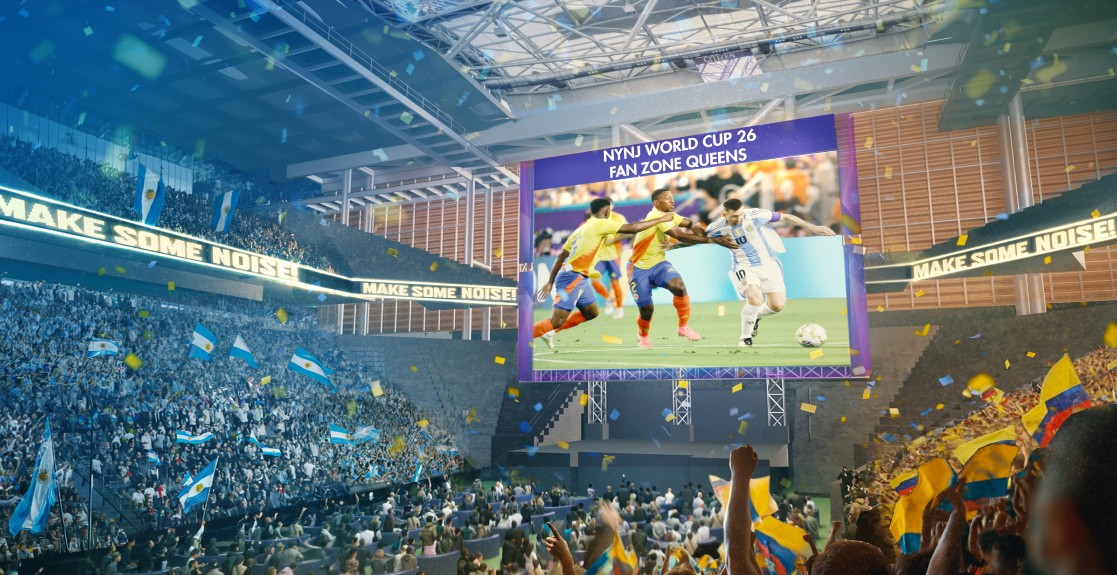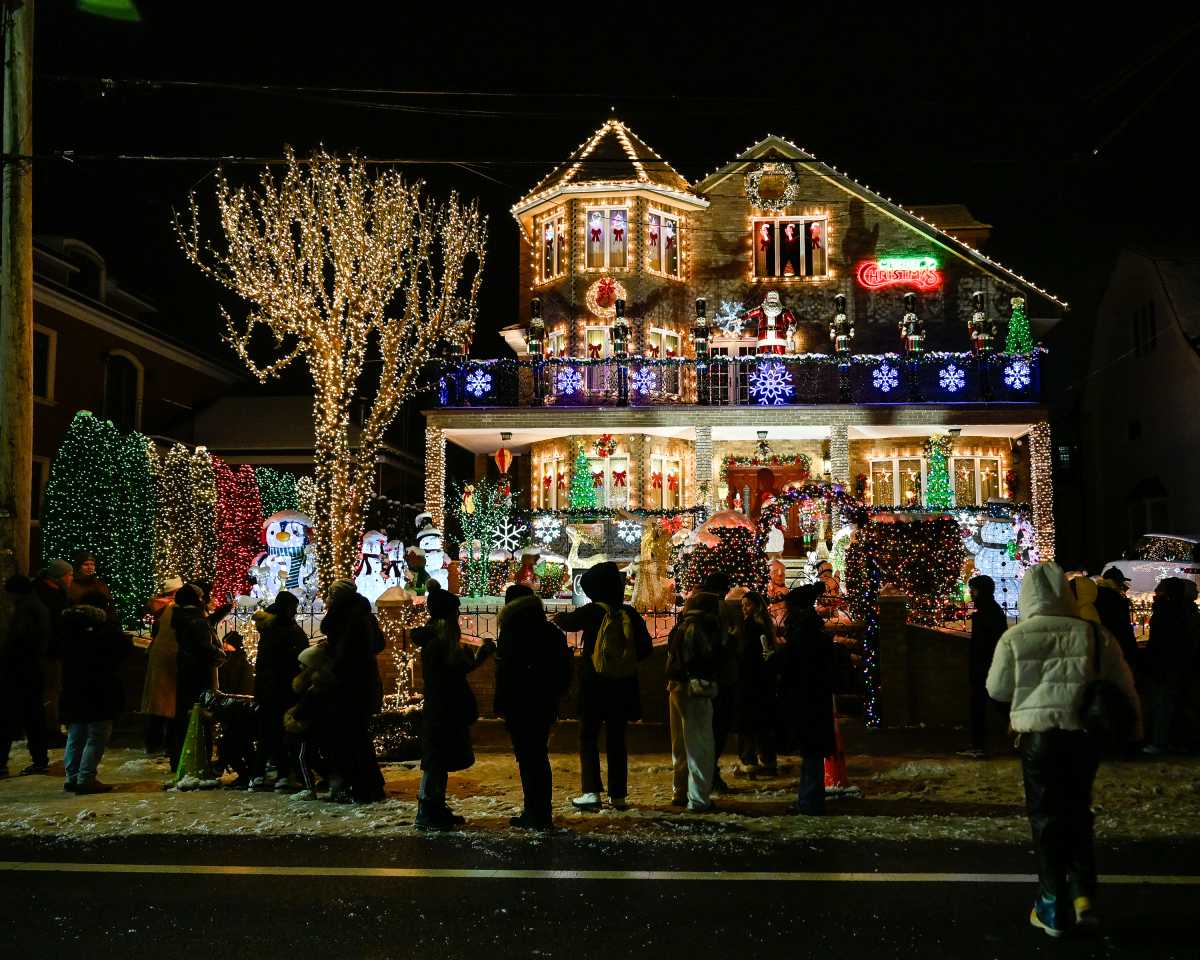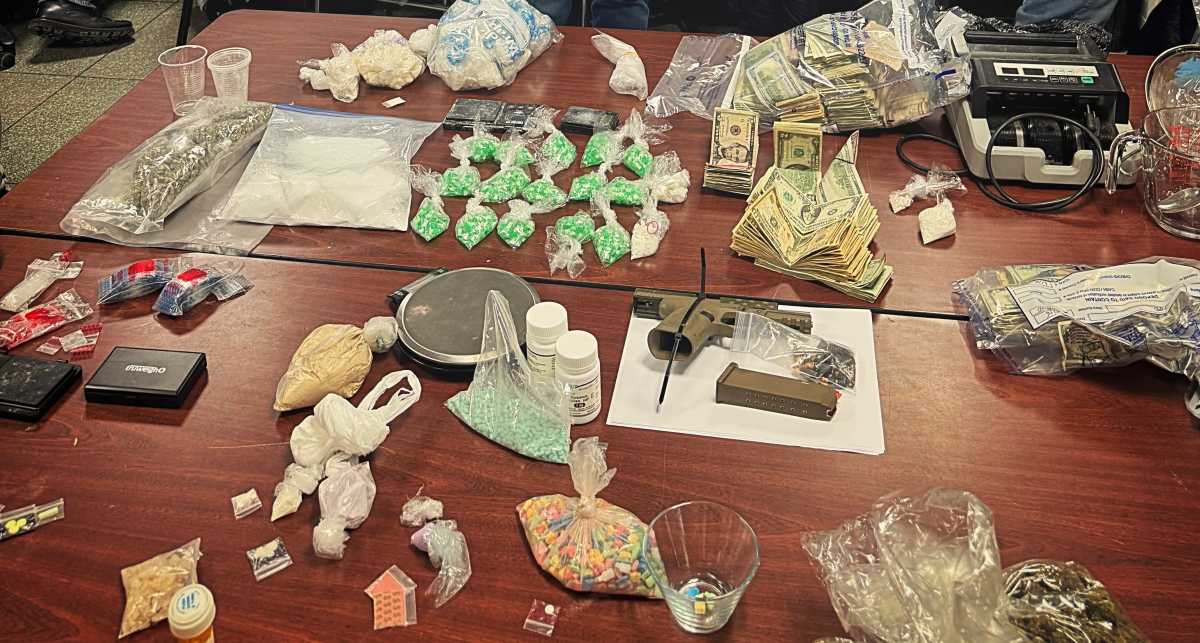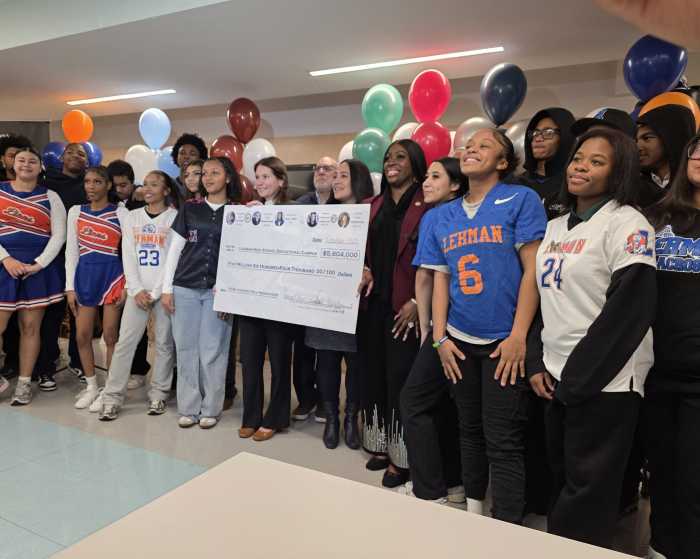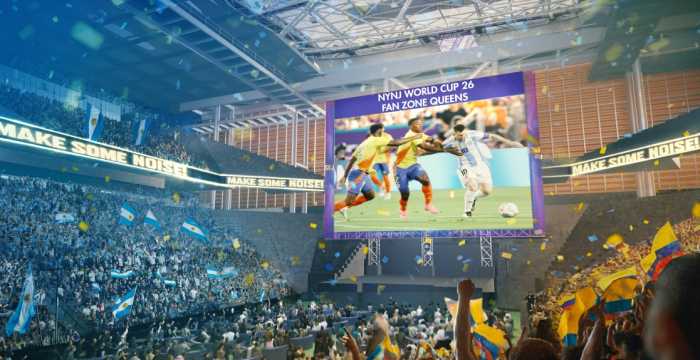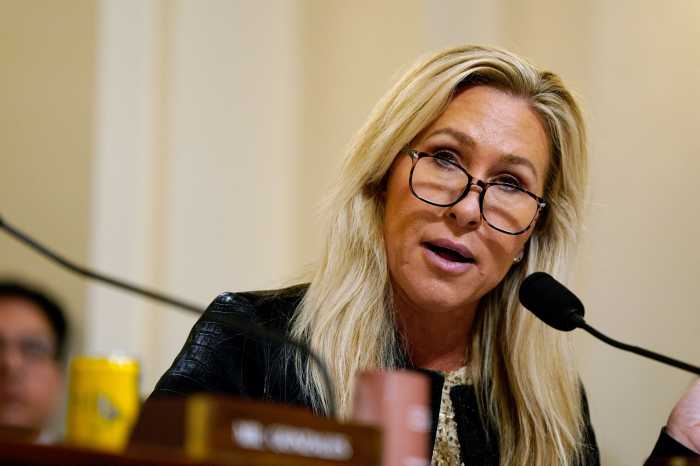Congestion pricing in New York City has generated $159 million in the first three months of 2025, marking another financial milestone for the MTA after its long-awaited capital plan was approved in the NYS budget on Thursday.
Although the agency’s first-quarter revenue fell just short of its $160 million year-to-date goal for congestion pricing, it still managed to take in an impressive $58.4 million for March alone, according to state-run MTA data. It also remains on track for its 2025 $500 million goal.
“Traffic is down. Congestion is down. And revenues are up,” Gov. Kathy Hochul said during a May 1 news conference at Grand Central Terminal.
Congestion pricing revenue is intended to pay for improvements to the city’s public transportation system, such as updated signaling on segments of busy train lines, new electric buses, structural repairs, and even the Second Avenue Subway extension into East Harlem.

The first quarter revenue rolled in just as the MTA received full funding for its $68.4 billion capital plan from Albany on Thursday. The plan, which is separate from the agency’s operating budget, will help pay for a new phase of work for the Grand Central train shed, new train car rolling stock, subway signal improvements and other upgrades.
Meanwhile, the program, which launched on Jan. 5, charges vehicles entering Manhattan’s Central Business District a base toll of $9 during peak hours. The fees vary depending on the time of day and the type of vehicle.
But the fate of congestion pricing remains in the hands of the federal court, even as President Donald Trump’s administration gave New York a new May 21 deadline to shut off the tolls or risk losing critical funding for important public transit infrastructure projects. Trump’s regime has given multiple other deadlines to stop congestion pricing, all of which have been ignored.
The feds’ war on congestion pricing began on Feb. 19, when U.S. Department of Transportation Secretary Sean Duffy revoked federal approval of the program that was given under former President Joe Biden’s administration. The MTA responded immediately with a lawsuit, and since then, it has been a war of words between the two agencies.
The case also led to internal doubts within the Justice Department about whether the Trump Transportation Department could win.
Despite the feds’ disapproval, the toll cameras have remained on in the CBD, which is in Manhattan south of 61st Street.
Since the program’s launch, public reaction to congestion pricing has been varied. Some commuters and transit advocates have applauded the program for reducing traffic. But others continue to have concerns about the financial burden it poses on drivers, particularly those from outside Manhattan who rely on their vehicles for commuting.
“Congestion relief is right for New York and for the subway that moves millions every day,” said Danny Pearlstein, policy and communications director at the Riders Alliance. “With this crucial funding and new revenue in the state budget, riders are on the right track toward the safe, affordable, reliable and accessible transit we deserve.”
Sara Lind, co-executive director of Open Plans, a street-safety organization, said the program’s revenue is “just more proof” that congestion pricing is working.
“The funds raised go directly back into improving public transit and encouraging more people to choose to use it,” she said. “So the reasons why congestion pricing has already become popular among New Yorkers – faster car trips, faster buses, quieter streets – will only get amplified and more beneficial as time goes on. It’s a positive loop that truly benefits everyone.”
Brian Fritsch, associate director of the Permanent Citizens Advisory Committee to the MTA, said congestion pricing is working “exactly as intended,” adding that New Yorkers see differences in traffic.
“The numbers reflect the benefits New Yorkers’ see everyday on the streets: traffic is down and speeds are up, pedestrians are safer while business is thriving, and the funds being raised are being invested in transit improvements for millions of daily riders,” he said. “We wholeheartedly thank Governor Hochul for continuing to resist the fallacious threats from the Federal Government to end the program and keep the cameras on.”
The MTA said it will continue to provide updates on congestion pricing and launched an online dashboard that provides periodic updates on the toll program.













